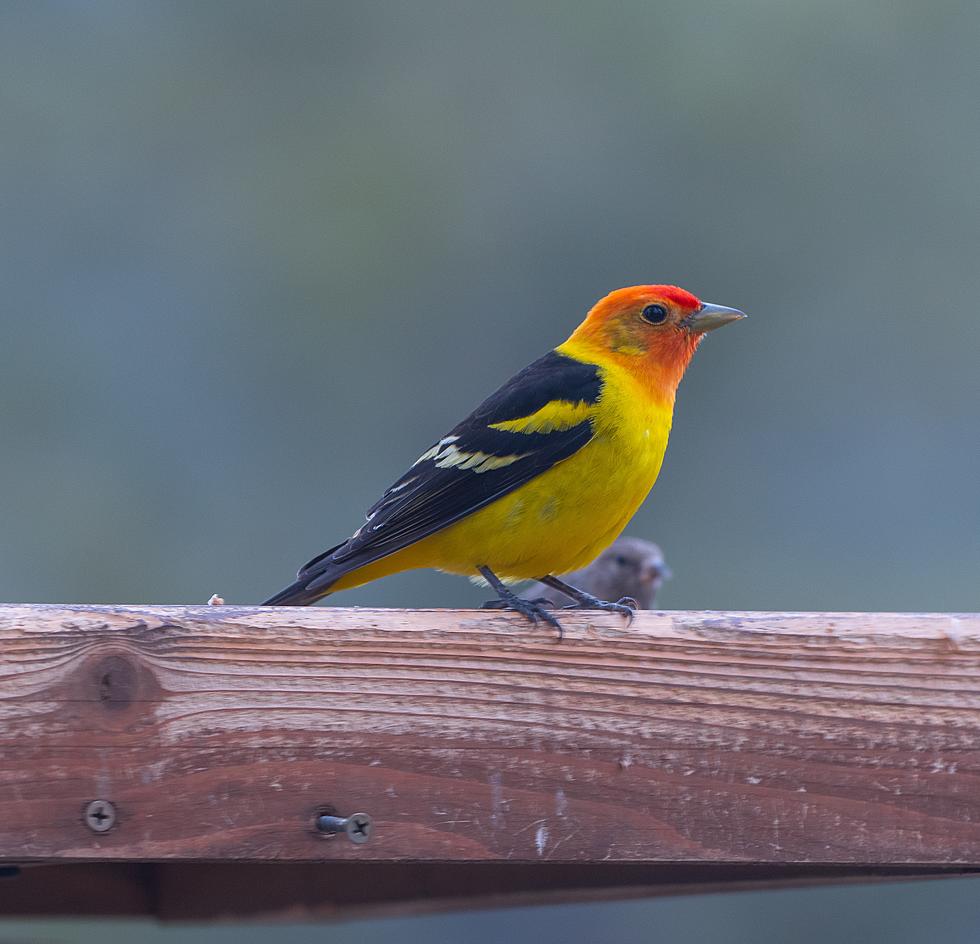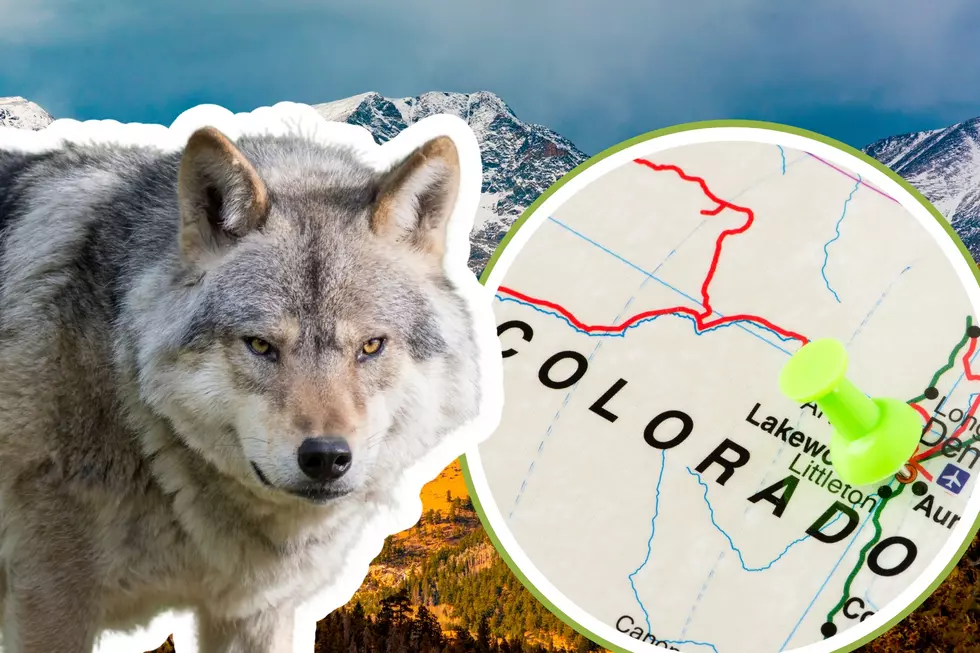
Yikes: These Three Kinds of Scorpions Can Be Found in Colorado
Colorado Parks and Wildlife recently shared a spooky clip that featured a glowing scorpion creepily crawling across the dirt. The freaky footage was taken by a resident in southeastern Colorado, who was shining a UV light from above in order to fully illuminate the eerie insect.
Upon seeing the video, many Coloradans were shocked not just to learn that scorpions glow - but also that they live in the Centennial State at all.
According to CPW, Colorado is home to three different species of scorpions: the Common Striped Bark Scorpion, the Northern Desert Hairy Scorpion, and the Northern Scorpion. Colorado's scorpions are most commonly seen in the southern portion of the state. All three are nocturnal carnivores, often feeding on spiders, grasshoppers, and stink bugs. They are rarely observed by Coloradans during the daytime.

The Northern Scorpion is identified by its tan color and dark brown stripes on its back, as well as large round pincers. They are the most cold-tolerant of the state's three scorpions and like to spend time underneath rocks and on sandstone cliffs. Northern Scorpions are primarily observed in counties near the Utah border and on the Western Slope. This species feeds on small prey by stinging and injecting them with venom. Humans that are stung generally experience a mild reaction, similar to that of a hornet sting, however, numbness can reportedly last for several hours. It's best not to mess with these tiny creatures.
Common Striped Bark Scorpions vary in color from yellowish to light tan. Their main identifying feature is two broad black bands along the tops of their abdomens. Striped Bark Scorpions inhabit Colorado's deserts, deciduous and coniferous forests, and grasslands. Of the three species located in Colorado, the Striped Bark Scorpion tends to roam further than other species in search of prey. These small creatures remain very well camouflaged and are often hiding between rock crevices, in old sheds, and sometimes even sneak into houses during the day - yikes! While their stings are pretty painful and may cause some swelling, they are rarely deadly to humans.
According to Colorado State University, the Northern Desert Hairy Scorpion is the largest of the three species and can have a fully extended body length of up to five inches. They are even big enough to occasionally capture small rodents and other vertebrates in their claw-like pedipalps. The northern desert hairy scorpion is primarily located on the Western Slope of the state and is limited to areas like Dinosaur National Monument. If stung, a person would experience a sharp burning sensation for a few hours, but the incident would not lead to death.
Fortunately, no species that occur in the state have venom associated with dangerous complications.
Why Do Scorpions Glow?
The exoskeleton of scorpions has a chemical structure that causes them to fluorescently glow when exposed to ultraviolet light. Their bodies absorb the UV light and reflect it, resulting in a bright illuminating appearance.
10 of the Weirdest Insects You'll See in Colorado
Gallery Credit: Wesley Adams
7 Invasive Insects in Colorado You Should Kill Immediately If You See Them
Gallery Credit: Wes Adams
9 Slithering Snakes You May Encounter While Outdoors in Colorado
Gallery Credit: Wesley Adams
More From K99









